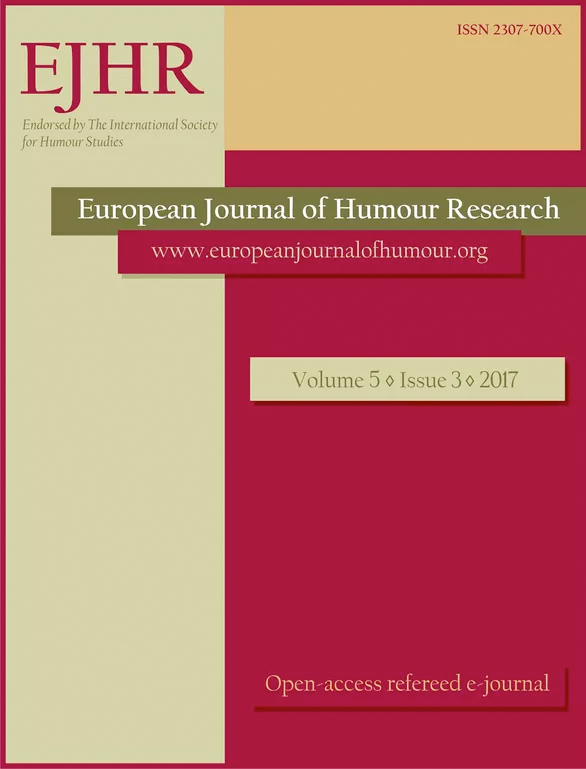Some uffish thoughts on the Swedish translations of
“Jabberwocky”
Some uffish thoughts on the Swedish translations of
“Jabberwocky”
Author(s): Björn SundmarkSubject(s): Language and Literature Studies, Studies of Literature, Translation Studies, Theory of Literature
Published by: Krakowskie Towarzystwo Popularyzowania Wiedzy o Komunikacji Językowej Tertium
Keywords: Jabberwocky; nonsense; translatability; Lewis Carroll; Through the Looking Glass; Swedish;
Summary/Abstract: In this article the “translatability” (and/or untranslatability) of nonsense is addressed. Forthis purpose, five Swedish versions of Lewis Carroll’s nonsense poem “Jabberwocky” fromLewis Carroll’s Through the Looking Glass (1871) are examined: the vocabulary, the syntax,the metre and rhythm, as well as the poem’s contextual framing, here mainly understood asthe narrative in which Jabberwocky is embedded. Attention is also paid to the generic andstylistic context of the poem, and the corpus of Swedish translations. Such an exegesis iswarranted by the status of Jabberwocky both as a seminal work of nonsense and as atranslation showpiece. Influential critics, from Elizabeth Sewell (1952) to Jean-JacquesLecercle (1994) have used “Jabberwocky” as a key nonsense text. And even when it is toquestion whether “Jabberwocky” is a good example or not – Michael Heyman, for instance,argues that “Jabberwocky” is something of an “outlier” in the realm of nonsense since itsnonsense is linguistic rather than logical (2015) – it remains a defining nonsense text.Moreover, it is also a pivotal text in translation history. Indeed, because of the perceiveddifficulties in translating it, “Jabberwocky” has rightfully been called “the holy grail oftranslation” (Heyman 2015), something that is borne out by the large number of studiesdevoted to it, such as Pilar Orero’s 2007 monograph of several Spanish versions of“Jabberwocky”. What I bring to this critical discussion is empirical material that has notbeen brought to light before (the Swedish translations), and a new perspective.
Journal: The European Journal of Humour Research
- Issue Year: 5/2017
- Issue No: 3
- Page Range: 43-56
- Page Count: 14
- Language: English

